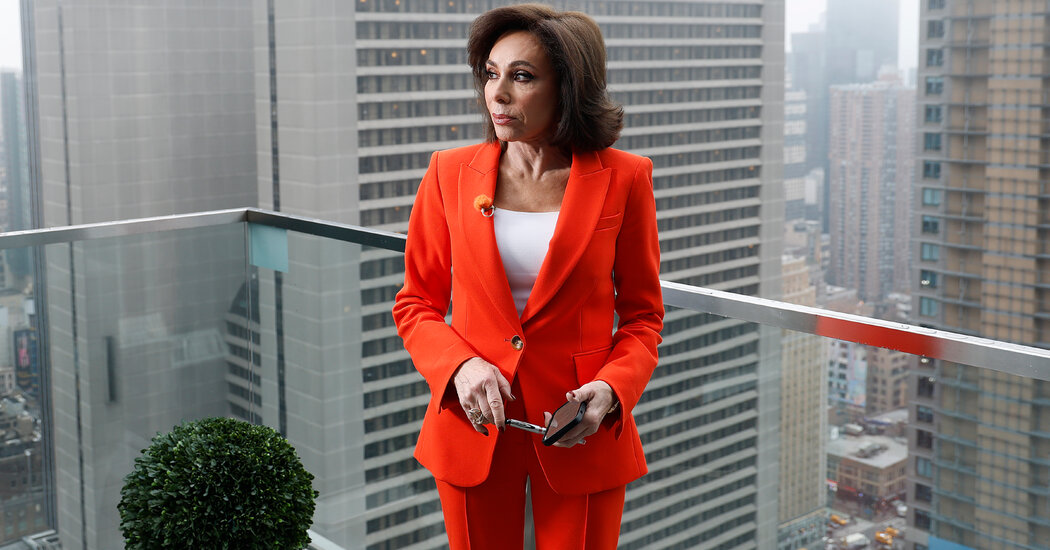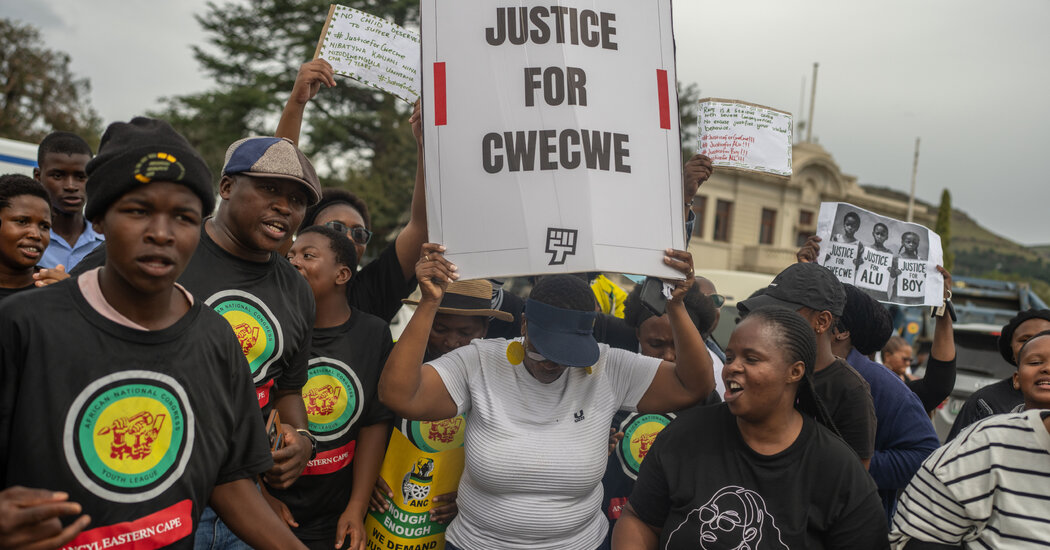What’s Up? (Sept. 11-17)
Rail Workers Win Some Demands
With less than 24 hours until a critical deadline for negotiations, the country’s largest rail companies reached a tentative agreement with labor unions representing some 115,000 workers early Thursday morning. An impasse in bargaining brought workers to the brink of a strike that could have started as soon as Friday, with far-reaching consequences for the already mangled supply chain as well as inflation and Amtrak service. The main sticking points had to do with scheduling and sick time: Labor groups were asking that workers be allowed to see a doctor or attend to a personal matter without risking disciplinary action. White House officials got involved in trying to bring the two sides to a deal both because of the economic impact of a work stoppage and the political impact on President Biden and his party before the midterm elections. Martin J. Walsh, the Labor secretary, helped broker the tentative agreement, which gives workers one additional paid day off and the ability to go to medical appointments without penalty, labor unions said. It still needs to be ratified by union members — a process that could take weeks — but workers have agreed not to strike while the votes are tallied.
A ‘Merge,’ Not a Merger, Goes Through
While you were sleeping, a major shift to the popular cryptocurrency platform Ethereum took place overnight Wednesday. For nearly a decade, engineers had been working to complete what’s known as the Merge, a software upgrade intended to make Ethereum, which supports thousands of crypto projects, more climate friendly. Ethereum, like many other blockchains, relied on a verification process called proof of work, which requires high-powered computers to complete complex puzzles to verify crypto transactions, using an immense amount of energy. “Proof of stake,” which Ethereum will now use, asks participants to “stake” some of their crypto savings in a pool and enters them in a lottery. When a crypto transaction requires approval, a winner is selected to verify the exchange and receive a reward. Some estimate that the proof of stake model will reduce Ethereum’s energy consumption by more than 99 percent.
Inflation Data Rattles Markets
Prices remain stubbornly high, according to the latest Consumer Price Index report, released on Tuesday. Prices in August rose 8.3 percent from a year earlier — a slight moderation from July but not the definitive decline many economists were looking for. Prices for gas and used cars, major contributors to high inflation in the last year, are now falling, but the costs of other goods and services are increasing at a pace where they are more than offsetting those declines. What’s more, a core measure of inflation that excludes gas and food prices because of their volatility accelerated more than expected, suggesting that underlying inflationary pressures are still strong. Markets tumbled on Tuesday on the news, with the S&P 500 taking its biggest drop since the early days of the pandemic, and the gloomy mood on Wall Street continued through the week.
What’s Next? (Sept. 18-24)
How Much of an Increase
Policymakers at the Federal Reserve have made it clear that there is little that would sway them from making another large increase in interest rates at its meeting this week. Regardless, there was not much in the Consumer Price Index report to tempt them to slow down. The fresh inflation data appeared to not only guarantee another three-quarter point increase from the central bank — which would be the third consecutive adjustment of that size — but also raised the specter of a full point increase. The Bank of England will also convene this week to announce a decision on rates, after delaying the meeting because of Queen Elizabeth II’s death. When the central bank’s policymakers last met in August, they raised England’s benchmark rate half a percentage point. They could become more aggressive this time, as the bank has said that it expects the annual inflation rate to surpass 13 percent next month.
Pink Slips at Goldman Sachs
Layoffs at Goldman Sachs could come as soon as this week, affecting employees across the company. Staff cuts are routine at the bank, which typically evaluates its head count each year and lays off 1 to 5 percent of its workers. But it paused the cuts during the pandemic. The layoffs would come at a time of slowing deal-making in the United States as the Fed raises interest rates. It is a stark change from the flurry of business last year, when low rates and soaring financial markets prompted banks to bring on more workers.
Good News for Social Security Recipients
With stubborn inflation in August, the Senior Citizens League, one of the country’s largest nonpartisan groups for seniors, estimated that the Social Security cost-of-living adjustment would be the largest in four decades. The group is forecasting an 8.7 percent increase, which is lower than its prediction last month of 9.6 percent but still be the highest since 1981. Though steep Medicare premiums can take a significant chunk out of Americans’ COLAs, many experts say that next year the standard Part B premium — which covers outpatient services and is usually deducted from Social Security benefits — will probably rise only modestly or not at all. The Senior Citizens League expects the Social Security Administration to announce the COLA after inflation data for September is released.
What Else?
Peiter Zatko, the Twitter whistle-blower, told lawmakers at a Senate hearing that the company lied about its data practices. Mortgage rates jumped above 6 percent for the first time since 2008. Gen Z now uses TikTok as a search engine.



